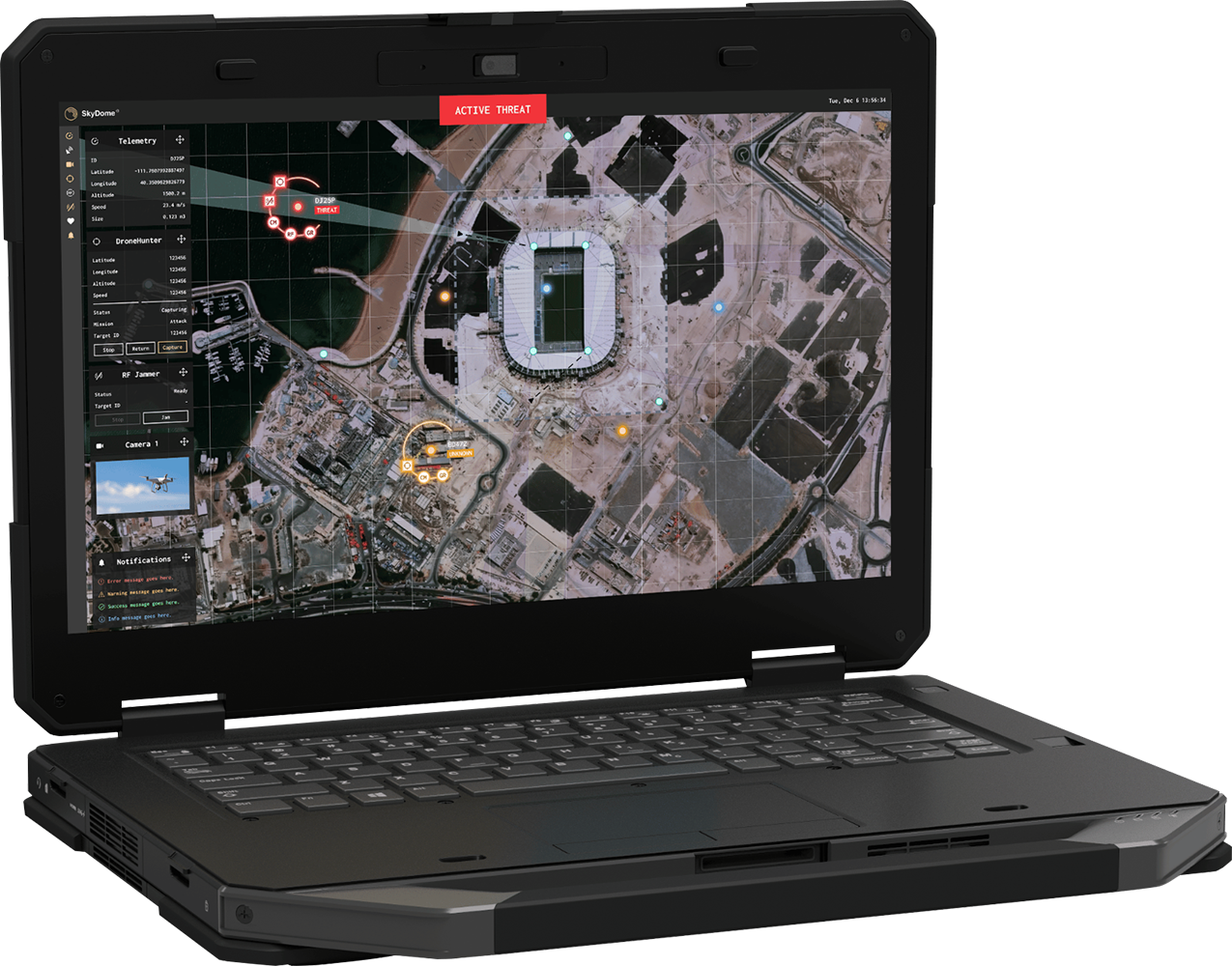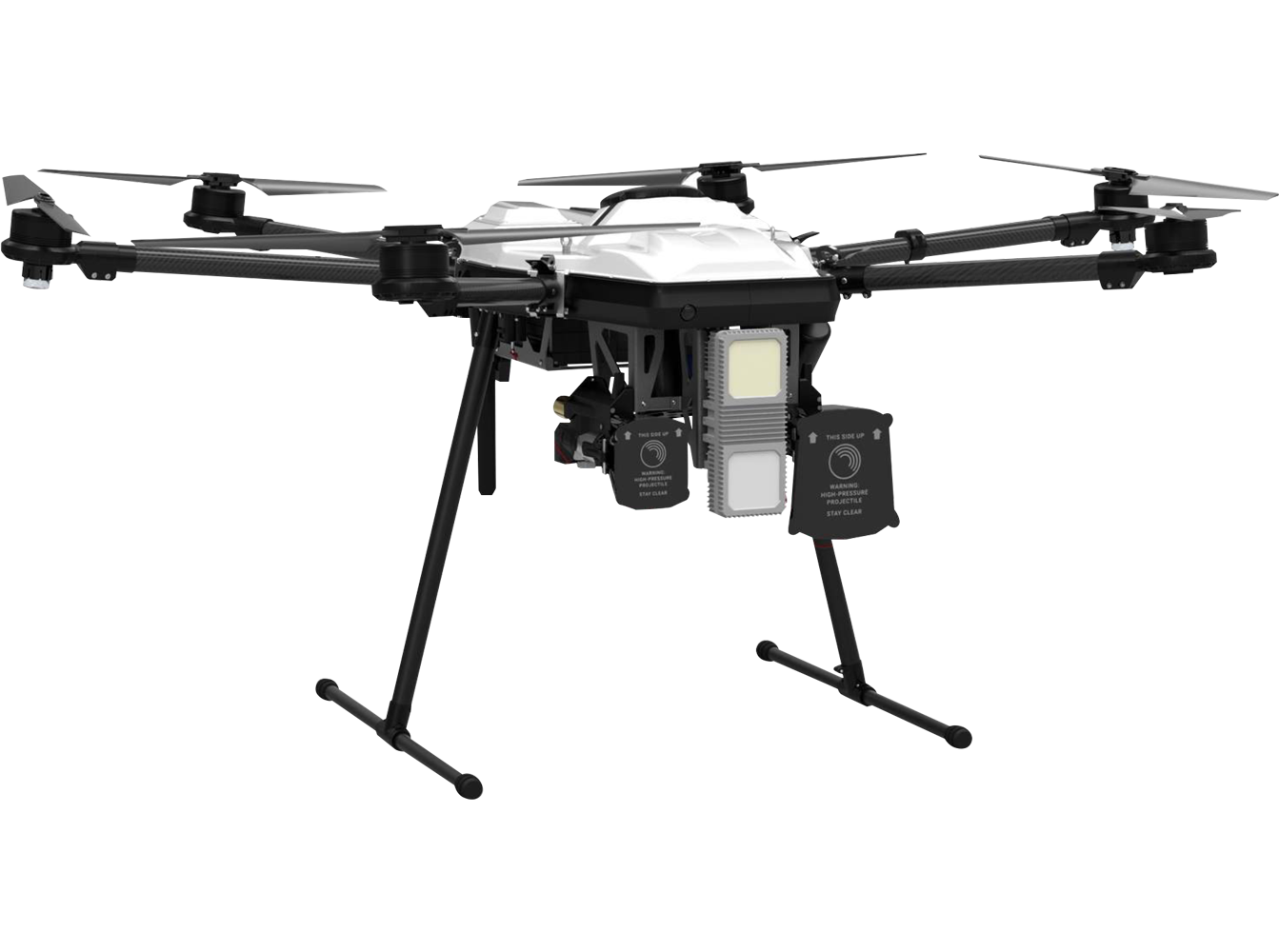

Southern State's airspace security solution offers reliable detection–tracking–identification (DTI) coverage for drones and other low-altitude threats.
Utilities have long managed ground-level threats like ballistic attacks, leading to NERC CIP-014 standards for physical protection. Today, the threat is shifting overhead. Drones and low-altitude aircraft are introducing new risks that have no formal utility guidelines and limited regulatory oversight. Just as CIP-014 reshaped ground-level security, airspace protection is the next wave of grid resiliency.
These trends underscore the urgency for utilities to act now. Future-proofing substations with advanced drone detection and airspace awareness technology is no longer optional — it is a proactive necessity to safeguard the grid against evolving threats.
Don’t wait for airspace risks to trigger new regulations. Proactive utilities are already integrating detection and awareness as part of their security plans.



